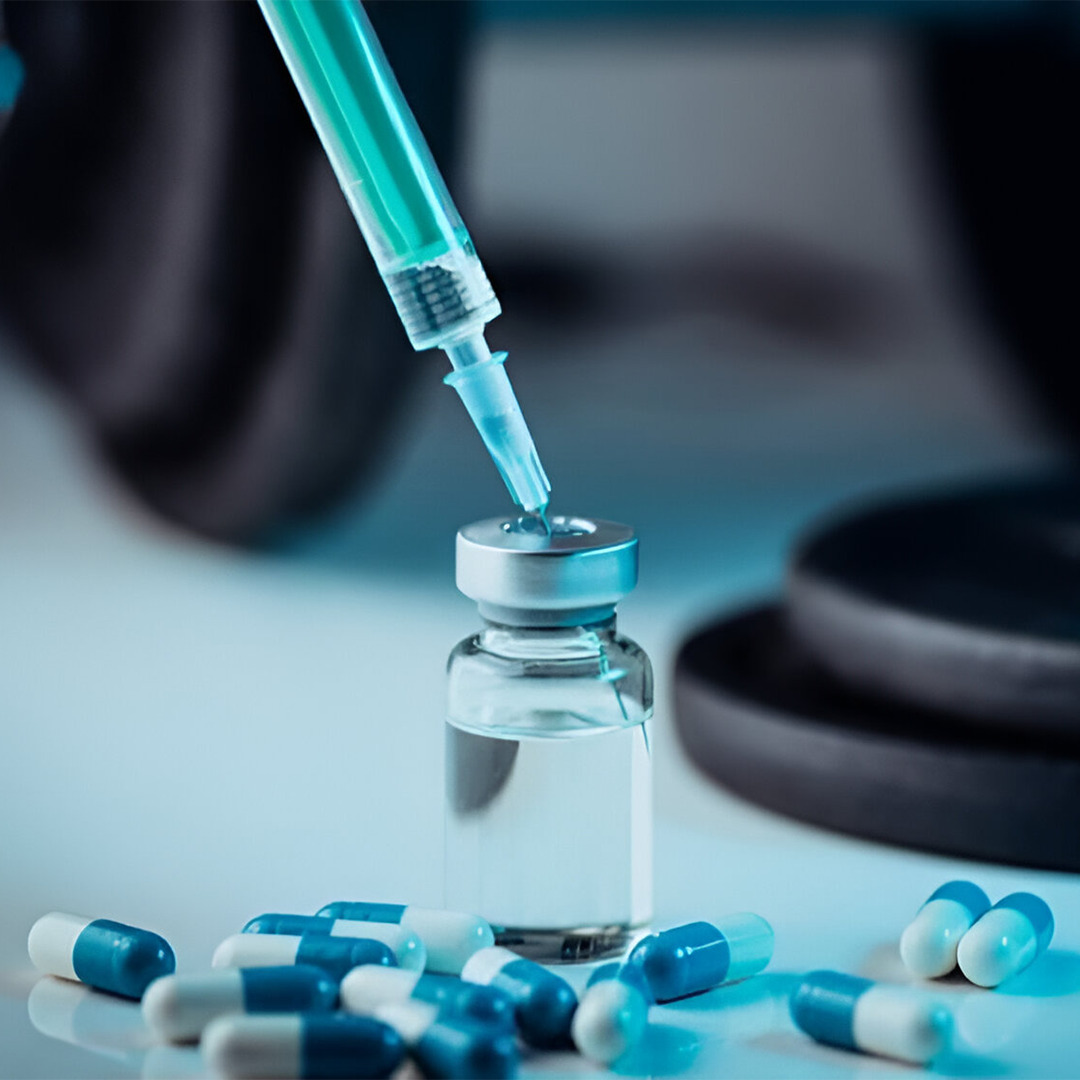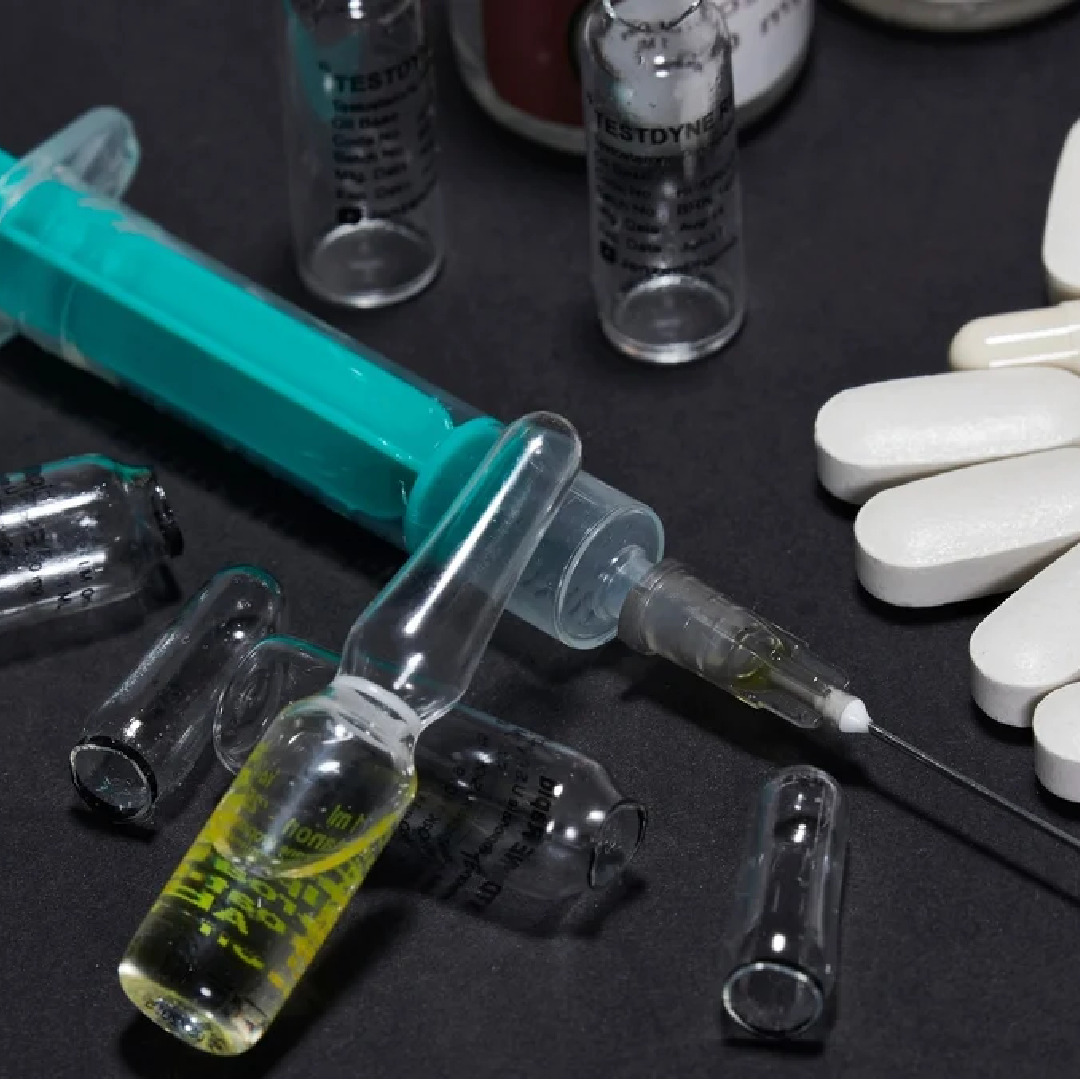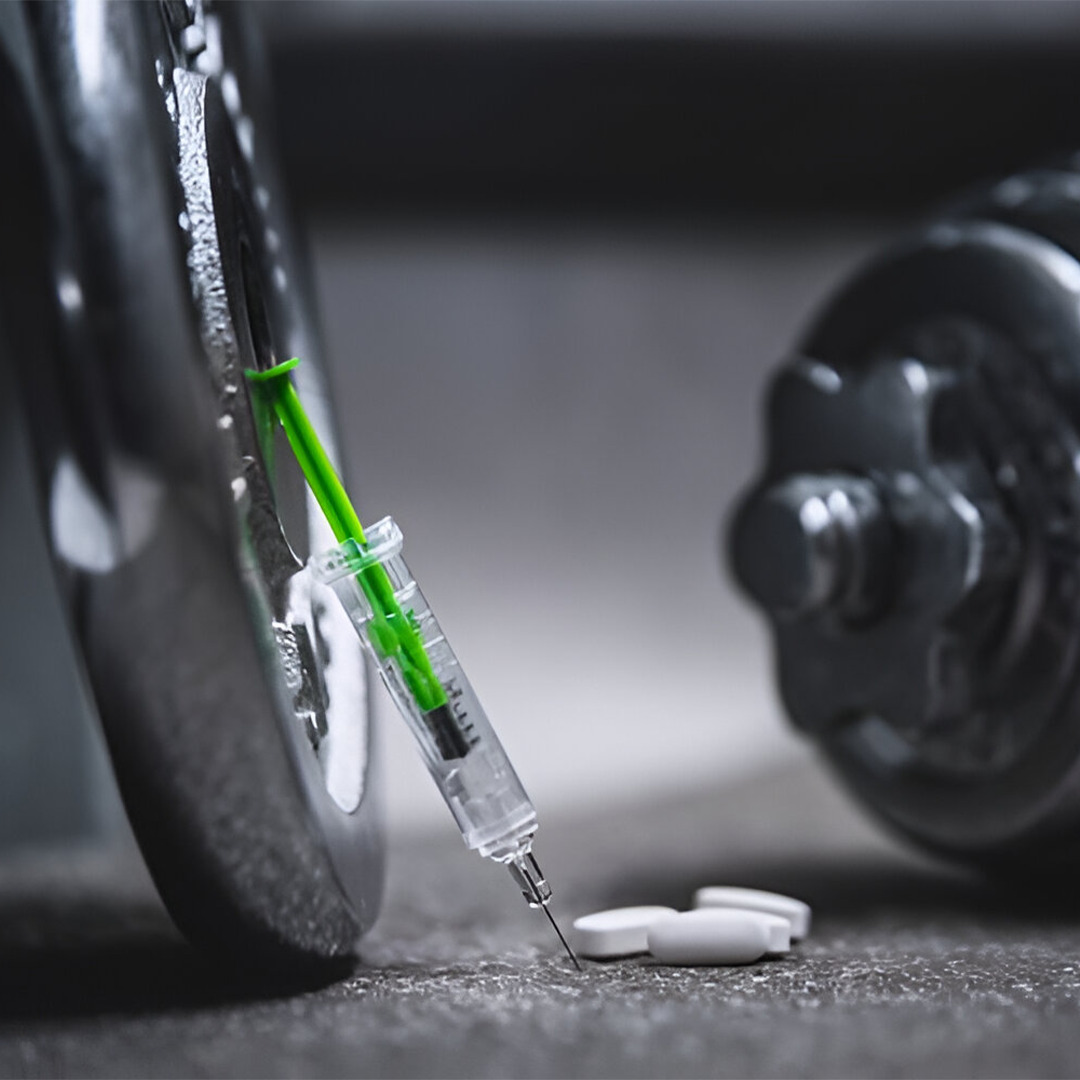Loading...
Testosterone Details
What is Testosterone?
Testosterone is a crucial hormone for both men and women, but it's especially important for men. It supports testicular and prostate development, muscle tissue growth, bone density, and overall well-being. As an androgenic and anabolic steroid, testosterone is produced from cholesterol and regulated by luteinizing (LH) and follicle-stimulating hormones (FSH), which are controlled by the pituitary gland.
History of Exogenous Testosterone
Testosterone was first synthesized in 1935 by chemists Adolf Butenandt and Leopold Ruzicka. Initially, testosterone-Propionate was introduced as an injectable form, and other variants followed, each with unique esters affecting their release rate and duration.
Benefits of Testosterone Use
Testosterone use, whether for hormone replacement or performance enhancement, offers several benefits:Forms of Testosterone
Testosterone is available in several forms, including injections, transdermal gels, and oral tablets. The most common injectable forms include:Side Effects of Testosterone Use
While testosterone can offer significant benefits, it also carries potential side effects, including:- Testicular Atrophy:Shrinkage of the testicles due to reduced natural testosterone production.
- Water Retention:Excessive fluid buildup can occur, but diet and the use of aromatase inhibitors (AIs) can mitigate this.
- Gynecomastia:Development of breast tissue in men, which can be managed with AIs.
- Blood Pressure and Cholesterol Issues:Elevated blood pressure and negative cholesterol impacts, mitigated by diet and supplements.
- Acne:Hormonal acne is possible but more common with lower-quality steroids.
Testosterone Doses & Cycles
- For hormone replacement therapy, typical doses are around 250mg per week. Performance enhancers may use higher doses, ranging from 500mg to 1,500mg per week. The risk of side effects increases with dose. Cycles generally last 8–16 weeks, with longer cycles requiring careful management of health risks.
This comprehensive guide emphasizes the importance of understanding testosterone use, whether for HRT or athletic enhancement, and highlights the need for proper dosing and awareness of potential side effects.





